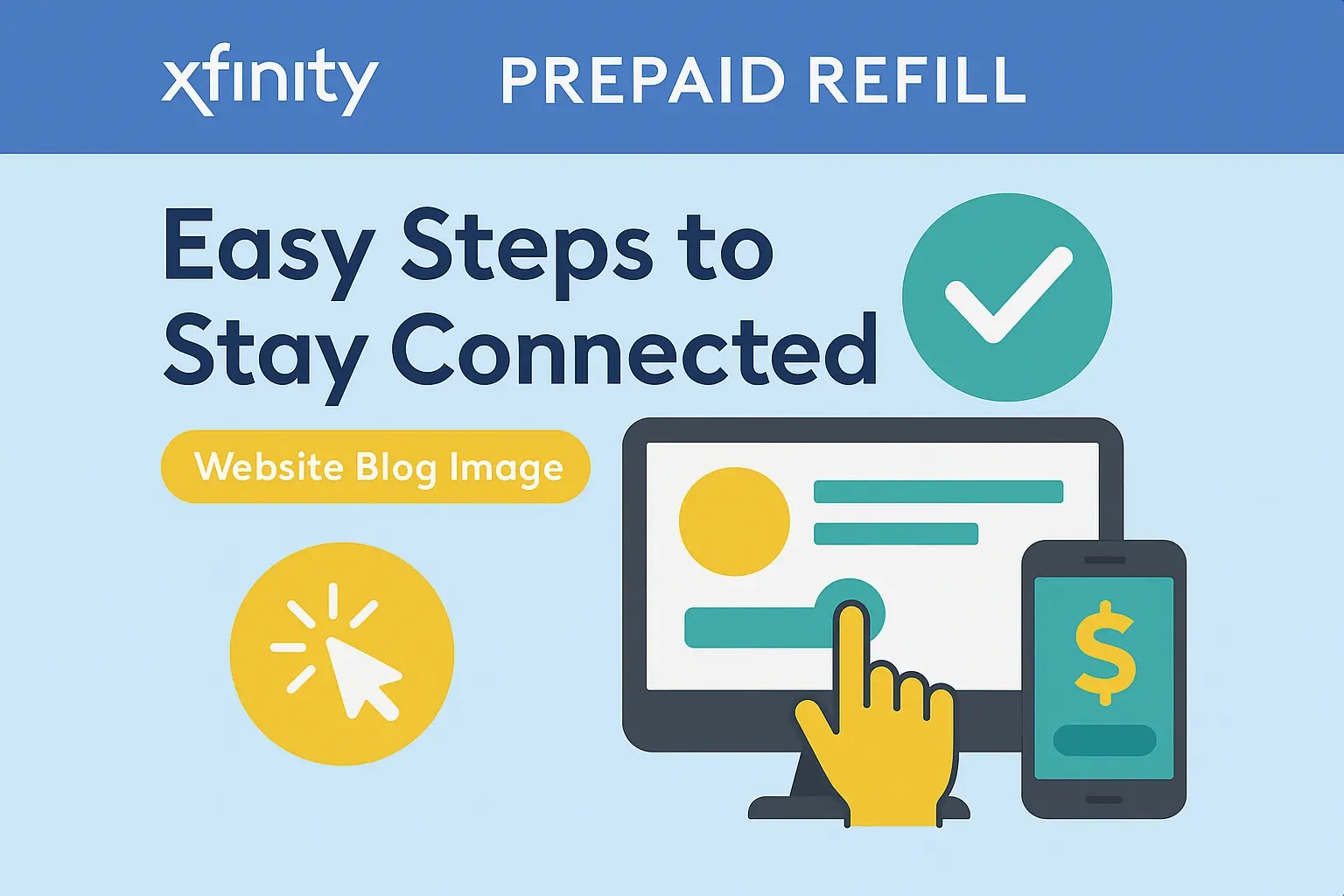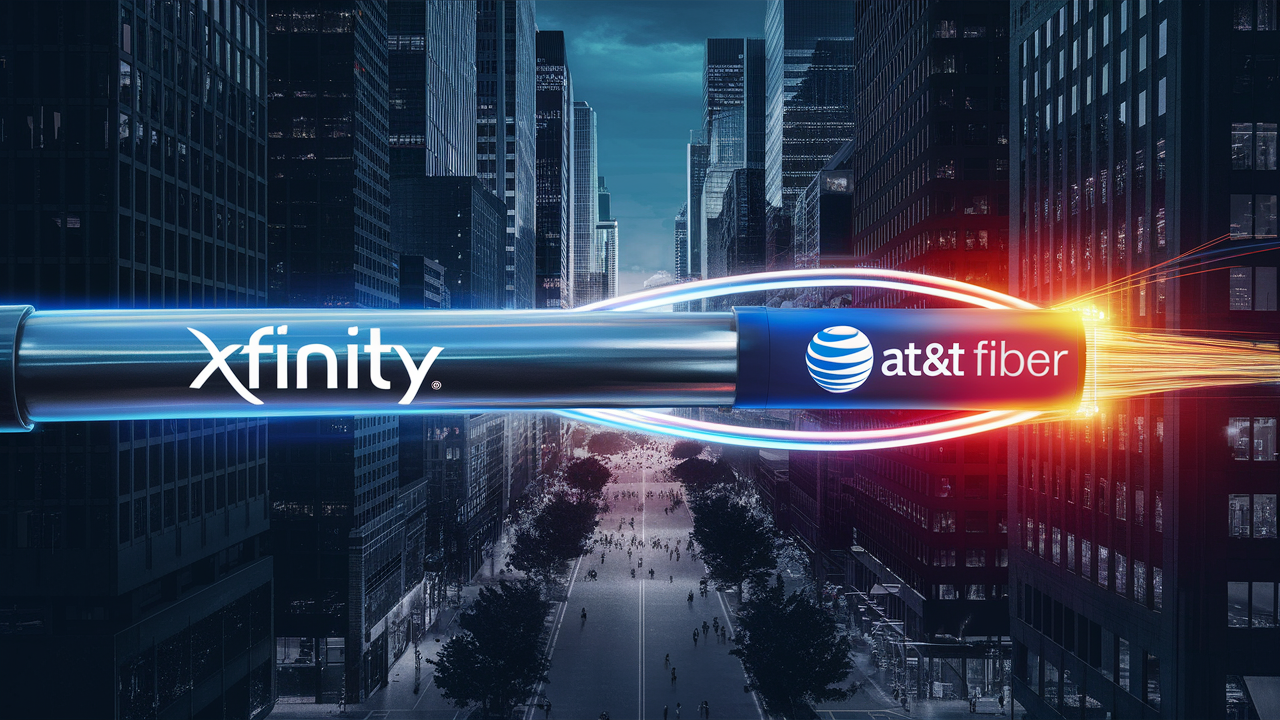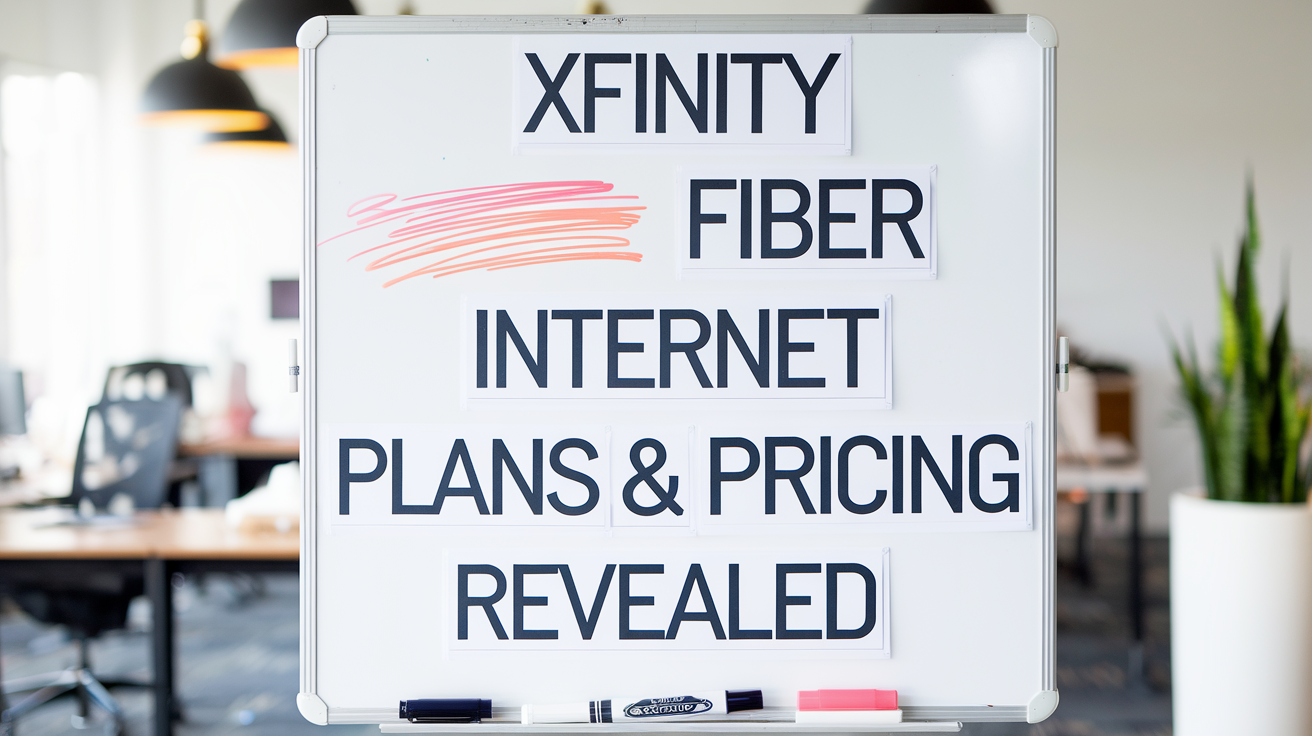How To Turn Off Protected Browsing Xfinity?

Discover the straightforward steps to disable Xfinity's Protected Browsing feature. This guide offers a clear, actionable solution for users seeking to regain control over their internet experience, ensuring you can access content without unwarranted restrictions. We aim to provide immediate clarity and empower you with the knowledge to manage your network settings effectively.
What is Xfinity Protected Browsing?
Xfinity Protected Browsing is a security feature offered by Comcast, designed to safeguard users, particularly children, from accessing inappropriate or potentially harmful websites. It acts as a filter, blocking access to sites categorized as adult-oriented, containing malware, or engaging in phishing activities. This service is often enabled by default on new Xfinity internet connections or can be activated through the Xfinity Home app or the Xfinity website. Its primary goal is to provide a safer online environment by proactively identifying and restricting access to content deemed unsuitable. While beneficial for many households, its restrictive nature can sometimes interfere with legitimate web access, leading users to seek ways to disable it.
Why Turn Off Protected Browsing?
There are several reasons why an Xfinity customer might choose to turn off Protected Browsing. The most common is that the filter is too aggressive, blocking legitimate websites that are not harmful. This can include educational sites, news outlets, or even online services that are mistakenly flagged. For instance, a research paper discussing sensitive topics might be blocked, or a website with user-generated content could be flagged due to a single inappropriate post. Another reason is that users may have their own preferred security software or parental control solutions and find Xfinity's feature redundant or conflicting. Furthermore, some users may simply not need this level of restriction and prefer unrestricted access to the internet for personal or professional reasons. In 2025, with the increasing complexity of online content and the rise of sophisticated filtering technologies, users are seeking more granular control over their digital experience. The desire for autonomy over internet access is a significant driver for disabling such features.
Common Scenarios for Disabling
- False Positives: Legitimate websites are blocked.
- Conflicting Software: Redundancy with existing security or parental controls.
- Need for Unrestricted Access: Personal preference for unfiltered internet.
- Advanced User Control: Desire for more precise management of network security.
- Troubleshooting Connectivity Issues: Protected Browsing can sometimes interfere with certain network operations.
How to Turn Off Protected Browsing Xfinity: Step-by-Step Guide
Disabling Xfinity Protected Browsing is a relatively straightforward process, typically managed through your Xfinity account portal or the Xfinity Home mobile application. The exact steps can vary slightly depending on whether you are using the app or the web portal, and the specific services you subscribe to. This guide will walk you through the most common methods. It's important to note that you will need to be logged into your Xfinity account with administrative privileges to make these changes. For 2025, Xfinity continues to refine its user interface, but the core principles of accessing and managing security settings remain consistent.
Prerequisites for Disabling
Before you begin, ensure you have the following:
- Your Xfinity username and password.
- Access to a device with an internet connection (computer or smartphone).
- If using the Xfinity Home app, ensure it is installed and updated on your smartphone or tablet.
Accessing Your Xfinity Settings
The first step in turning off Protected Browsing is to access your Xfinity account settings. This can be done either through the Xfinity website or the Xfinity Home mobile app. Both methods offer access to your network and security configurations.
Via the Xfinity Website
- Open a web browser on your computer or mobile device.
- Navigate to the official Xfinity website: www.xfinity.com.
- Click on the "Sign In" button, usually located in the top right corner of the page.
- Enter your Xfinity username and password. If you have forgotten your credentials, you can use the "Forgot Username" or "Forgot Password" links to recover them.
- Once logged in, you will be directed to your account dashboard. Look for an option related to "My Services," "Internet," or "Account Settings."
Via the Xfinity Home App
If you have Xfinity Home service and use the associated app for managing your home network, this is often the most convenient method.
- Open the Xfinity Home app on your smartphone or tablet.
- Log in using your Xfinity credentials.
- Upon successful login, you should see an overview of your home network and connected devices.
- Look for a section dedicated to "Security," "Network Settings," or "Home."
Navigating the Xfinity App
The Xfinity Home app is designed for intuitive navigation, but understanding where to find security settings is key. Once you've logged in, the interface typically presents several main sections. You'll want to locate the area that manages your home network's security and parental controls.
Finding Security or Parental Controls
- After logging into the Xfinity Home app, look for a tab or menu item labeled "Security," "Home," "Devices," or "Network."
- Within this section, you should find options for "Parental Controls," "Security Settings," or "Network Security."
- Tap on the relevant option to proceed to the settings where Protected Browsing can be managed.
Managing Security Settings
Once you have navigated to the correct section within your Xfinity account (either the website portal or the app), you will find various security and parental control options. Protected Browsing is typically grouped with these features.
Locating the Protected Browsing Option
Within the security or parental controls menu, you will typically see a list of features that can be enabled or disabled. Look for an option explicitly named "Protected Browsing" or something similar, such as "Content Filtering" or "Web Protection."
Visual Cues and Labels
The interface usually employs clear labels and sometimes icons to denote different features. Protected Browsing might be presented as a toggle switch or a checkbox. It's often found under a broader category like "Internet Security" or "Family Protection."
Understanding Different Levels of Protection
In some cases, Xfinity might offer different tiers or settings for Protected Browsing. For example, you might be able to choose between "Strict," "Moderate," or "Off." Ensure you select the "Off" setting or the option that completely disables the feature.
Disabling the Protected Browsing Feature
This is the core step where you will deactivate the feature. The method will depend on whether you are using the Xfinity website or the mobile app.
Steps Via Xfinity Website (Detailed)
- Log in to your Xfinity account at www.xfinity.com.
- Navigate to "My Services" > "Internet."
- Look for a section related to "Security" or "Parental Controls."
- Find the "Protected Browsing" setting. It might be displayed as a toggle switch.
- Click the toggle switch to turn it "Off." The switch will typically change color or position to indicate it's disabled.
- You may be prompted to confirm your decision. Click "Confirm" or "Save Changes."
- Allow a few minutes for the changes to propagate across the network. Sometimes, restarting your modem or router can help ensure the settings are applied immediately.
Steps Via Xfinity Home App (Detailed)
- Open the Xfinity Home app.
- Log in with your Xfinity credentials.
- Navigate to the "Security" or "Network" section.
- Tap on "Parental Controls" or "Content Filtering."
- Locate "Protected Browsing."
- Toggle the switch to the "Off" position.
- You might need to tap a "Save" or "Apply" button to confirm the changes.
- The app should provide a confirmation message that the setting has been updated.
Important Note on Account Types
The exact wording and location of these settings can depend on your specific Xfinity service package and the equipment you are using. If you cannot find the option, consult Xfinity's support documentation or contact their customer service.
Alternatives and Considerations
While disabling Xfinity's Protected Browsing provides unrestricted access, it's crucial to consider alternative ways to maintain online safety, especially if children are using the network.
Parental Control Software
Many third-party parental control solutions offer more granular control than Xfinity's built-in feature. These can include:
- Content Filtering: More customizable categories and whitelisting/blacklisting options.
- Time Limits: Restricting internet usage to specific hours.
- Activity Monitoring: Tracking websites visited and apps used.
- App Blocking: Preventing access to certain applications.
Examples of popular parental control software include Qustodio, Norton Family, and Bark. These often work across multiple devices and operating systems.
Router-Level Controls
Some advanced home routers allow for network-wide content filtering and security settings independent of the ISP. If you use your own router, explore its administrative interface for these capabilities.
Browser Extensions and Antivirus
Browser extensions like ad blockers and malware scanners can add an extra layer of protection. Comprehensive antivirus suites also often include web protection modules that can block malicious sites.
Educating Users
Perhaps the most effective long-term strategy is educating all users of the network, especially children, about safe internet practices. This includes:
- Recognizing phishing attempts.
- Understanding the risks of sharing personal information online.
- Being cautious about clicking on suspicious links or downloading unknown files.
- Knowing when and how to report inappropriate content.
Troubleshooting Common Issues
Occasionally, users may encounter difficulties when trying to disable Protected Browsing or find that it reappears. Here are some common issues and their solutions.
Settings Not Saving
Problem: You disable Protected Browsing, but it seems to re-enable itself later.
Possible Solutions:
- Ensure Confirmation: Make sure you are completing the confirmation step after toggling the setting off.
- Log Out and Log In Again: Sometimes, simply logging out of your Xfinity account and logging back in can refresh the settings.
- Clear Browser Cache: If accessing via the website, clearing your browser's cache and cookies can resolve display or saving issues.
- App Updates: Ensure your Xfinity Home app is updated to the latest version.
- Contact Xfinity Support: If the issue persists, there might be an account-specific configuration that requires intervention from Xfinity support.
Protected Browsing Still Blocking Sites
Problem: You believe you have turned off Protected Browsing, but certain websites are still inaccessible.
Possible Solutions:
- Check Other Security Settings: Ensure no other parental control features or security settings within your Xfinity account are inadvertently blocking content.
- Modem/Router Reboot: Power cycle your Xfinity modem and router. Unplug them from the power source, wait 30 seconds, and plug them back in. This can help apply updated configurations.
- Device-Specific Settings: Check security settings or content filters on the specific device you are using (e.g., browser extensions, operating system settings).
- ISP-Level Issues: In rare cases, there might be broader network issues or configurations at the ISP level. Contacting Xfinity support is advisable.
Unable to Find the Setting
Problem: You cannot locate the Protected Browsing option within your Xfinity account or app.
Possible Solutions:
- Explore All Menus: Thoroughly check all sections related to "Internet," "Services," "Security," and "Parental Controls."
- Account Type Differences: Your account type or the specific equipment you have (e.g., Xfinity Gateway) might present the settings differently.
- Xfinity Support: This is the most reliable solution. Xfinity customer support can guide you directly to the setting or make the change on your behalf if necessary.
Understanding the Security Implications
Turning off Xfinity's Protected Browsing means you are removing one layer of automated security provided by your ISP. While this grants more freedom, it also shifts the responsibility for online safety more directly onto the user.
Increased Risk of Malware and Phishing
Protected Browsing is designed to block known malicious websites, including those distributing malware or attempting to steal your information through phishing. Without this filter, you are more exposed to these threats. It is essential to have robust antivirus software installed and updated on all your devices.
Access to Inappropriate Content
For households with children, disabling Protected Browsing can lead to accidental exposure to adult content or other inappropriate material. This underscores the importance of implementing alternative parental controls and engaging in open communication with children about online risks. Statistics from 2025 indicate that parental oversight remains a critical factor in mitigating online risks for minors. A Pew Research Center study from early 2025 found that 75% of parents of teens actively monitor their children's online activities.
Importance of User Vigilance
When Protected Browsing is off, your vigilance becomes paramount. This includes:
- Being cautious with links: Hover over links to see the actual URL before clicking.
- Verifying website legitimacy: Ensure websites are secure (look for "https://" and a padlock icon) before entering personal information.
- Using strong, unique passwords: And consider a password manager.
- Keeping software updated: Operating systems, browsers, and applications often receive security patches.
Comparison of Security Approaches (2025)
Here's a brief comparison of different online safety measures:
| Feature/Approach | Pros | Cons | Best For |
|---|---|---|---|
| Xfinity Protected Browsing | Automated, easy to enable/disable, ISP-provided. | Limited customization, can have false positives, may not cover all threats. | Basic protection for general users, quick setup. |
| Third-Party Parental Controls | Highly customizable, granular controls, activity monitoring, cross-device compatibility. | Can be costly, requires installation and setup, may impact device performance. | Families with children, users needing detailed oversight. |
| Antivirus/Web Protection | Detects and blocks malware, phishing, and known malicious sites. | Doesn't typically filter non-malicious but inappropriate content, requires subscription for full features. | All internet users seeking protection against cyber threats. |
| User Education & Vigilance | Empowers users, adaptable to new threats, cost-effective. | Requires ongoing effort, relies on user awareness, not foolproof. | Essential for all users, especially advanced users and families. |
Conclusion
Turning off Xfinity Protected Browsing is a manageable process, primarily achieved through your Xfinity account portal or the Xfinity Home app. By following the step-by-step instructions outlined in this guide, you can effectively disable this feature to regain unrestricted internet access. Remember to navigate to your account settings, locate the security or parental controls section, and toggle the Protected Browsing option to 'Off.' While this provides greater freedom, it is imperative to acknowledge the increased responsibility for online safety that comes with it.
In 2025, the digital landscape continues to evolve, making user-driven security measures more critical than ever. Consider implementing robust antivirus software, exploring advanced parental control solutions if needed, and, most importantly, fostering strong digital literacy among all users of your network. Educating yourself and your family about safe browsing habits is the most powerful defense against online threats. Should you encounter any difficulties, Xfinity's customer support remains a valuable resource for guidance and assistance. Empower yourself with knowledge and take proactive steps to ensure a secure and personalized online experience.





